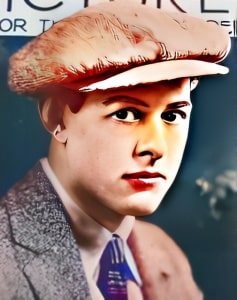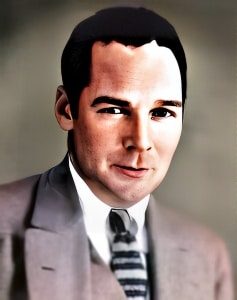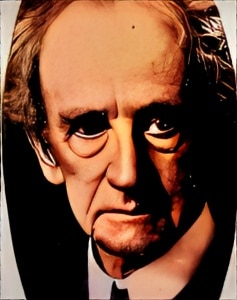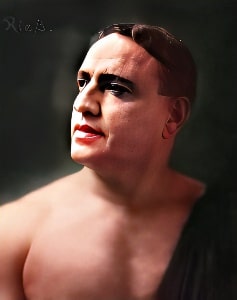 Raymond Cannon, born Ulises Tildmann Cannon on September 1, 1892, in Long Hollow, Tennessee, left an indelible mark on the landscape of early Hollywood.
Raymond Cannon, born Ulises Tildmann Cannon on September 1, 1892, in Long Hollow, Tennessee, left an indelible mark on the landscape of early Hollywood.
His career spanned various roles, from actor and film director to screenwriter, journalist, and author. Cannon’s journey through the realms of D. W. Griffith’s pioneering film productions and collaboration with iconic figures like Buster Keaton illuminated the golden age of cinema.
In the early years of the 20th century, Cannon’s life took a trajectory that led him from a soda fountain in Knoxville to the vibrant world of vaudeville. Departing from divinity school, he ventured westward, finding his footing in the entertainment industry and journalism in Dallas and Fort Worth. In 1918, he joined Elmer M. Robbins’ magazine Camera! The Digest of the Motion Picture Industry, a move that would shape his association with the burgeoning film world.
As Cannon immersed himself in the world of journalism, he soon took ownership of Camera! in 1921 after Robbins’ death. His role as co-publisher, alongside Lola B Robbins until 1922, underscored his multifaceted engagement with the film industry. This period not only marked his foray into journalism but also laid the groundwork for his enduring connection with the cinematic arts.
Cannon’s personal life intertwined with his professional journey when, in 1929, he married Fanchon Royer, a fellow actress-turned-journalist. Royer’s association with Camera! showcased the intersections of personal and professional spheres in the vibrant backdrop of early Hollywood. However, the marriage met its end in 1931.
Venturing into acting under the name Raymond, Cannon found early success on the stage in Long Beach in 1912. His cinematic debut came in 1913 with the Selig Polyscope serial “The Adventures of Kathlyn.” He played Sporty Malone in True Heart Susie (1919). Soon, he became a part of D. W. Griffith’s productions, sharing the screen with luminaries like Dorothy Gish. Even as Griffith moved his operations to Mamaroneck, Cannon remained in Los Angeles, collaborating with Douglas MacLean.
The 1925 film “Go West” marked a significant collaboration in Cannon’s career, co-written with Buster Keaton. This partnership led to Cannon’s loan to Universal Studios by Keaton, a move that deviated his trajectory from acting to screenwriting. Cannon’s career in screenwriting flourished, with diverse projects and collaborations that showcased his versatility in storytelling.
As he transitioned from the screen to behind the scenes, Cannon’s contributions as a film director and screenwriter left an indelible mark. His last cinematic effort, “Samurai” for Cavalcade Pictures in 1945, marked the conclusion of his active involvement in the film industry. However, Cannon’s artistic endeavors extended beyond the silver screen.
Embracing semi-retirement on the advice of his doctor, Cannon turned his attention to a beloved hobby: sport fishing off the Baja coast. This passion culminated in the authorship of books like “How to Fish the Pacific Coast” (1952) and “The Sea of Cortez” (1965). His transition from the glitz of Hollywood to the serene landscapes of fishing reflected a remarkable chapter in his life.
Carla Laemmle, an enduring companion in Cannon’s later years, played a pivotal role as typist, illustrator, researcher, and editor. Their companionship endured until Cannon’s passing on June 7, 1977, a result of complications from lung cancer treatment.
Raymond Cannon’s journey through Hollywood encapsulated the dynamic spirit of an era marked by innovation and exploration. From the early days of silent cinema to the collaborative endeavors with industry giants, Cannon’s legacy remains woven into the tapestry of Hollywood’s golden age. His transition from actor to screenwriter and, ultimately, to a serene life on the Baja coast showcased the diverse chapters of a multifaceted artist whose influence extended far beyond the flickering frames of silent films.
Loading live eBay listings...




